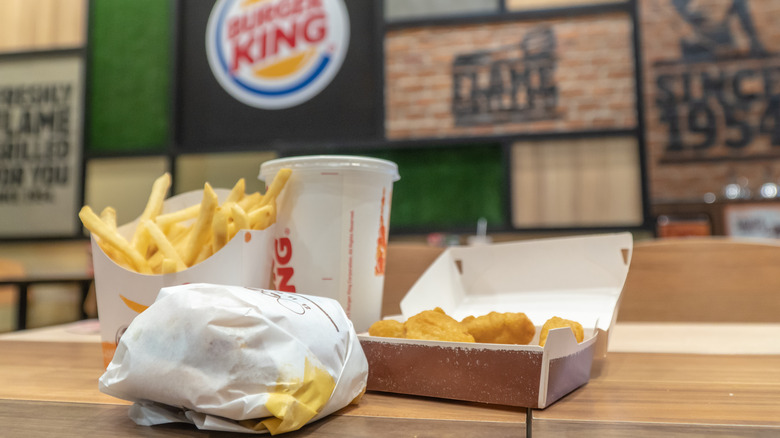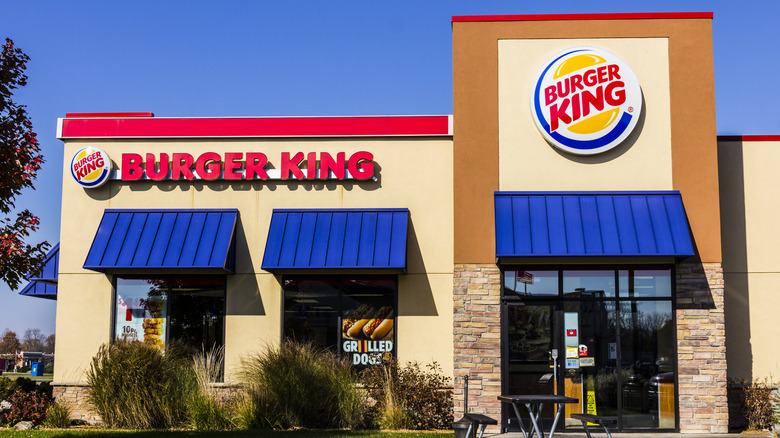Burger King Ads Are Tricking You. Here's How
In 2010, Burger King's advertisement for their Tendercrisp burger was banned. The reason, as the BBC reported, was that the UK's Advertising Standards Authority had found that "the size of the burgers in the hands of an average-sized man and considered that they did not fill the hands to the same extent as the burger featured in the advert." Simply, the video showed a taller, thicker burger than what the chain offered. So when people were convinced by the sumptuous feast advertised and then disappointed by the paltry amount actually offered, it fell neatly into a false advertising category.
Burger King claimed that this deception was only done for the sake of properly displaying all of the sandwich's ingredients, but to no avail. Apparently, the advertising blow hit hard as in 2017, The Consumerist covers the widespread complaints about the drop in quality of the sandwich. Burger King still offers a heavily edited image of its Tendercrisp on its website, but there is a reason why you have not heard of it during the hullabaloo over chicken sandwiches in recent years.
The advertised Tendercrisp may not have even been cooked
There is a good chance that the size of the filmed Burger King Tendercrisp was in part due to it not being cooked all the way through. Talking to CNBC, food stylists, the people who ensure that the advertised food looks appetizing to a degree unattainable for anything actually eaten, gave the secret that photographed burgers are rarely cooked through: "Let's say we're shooting a beef burger. It may not be cooked all the way through because we want to maintain the size of the burger." This is because cooked beef shrinks.
However, by the time of the CNBC piece, which was published in 2014, one of the interviewed food stylists had to sign a document for Burger King declaring that they had not altered the food they photographed in any way. However, altering and creatively presenting the ingredients in the best possible light are two different issues. It is probably for that reason that YouGov found only 16 percent of people actually believed advertisements for fast food products. We all know that even if the food is real, it is prepared and presented in such a way as to exclude the possibility of the product's reality. Still, the images tempt and continue to disappoint.

